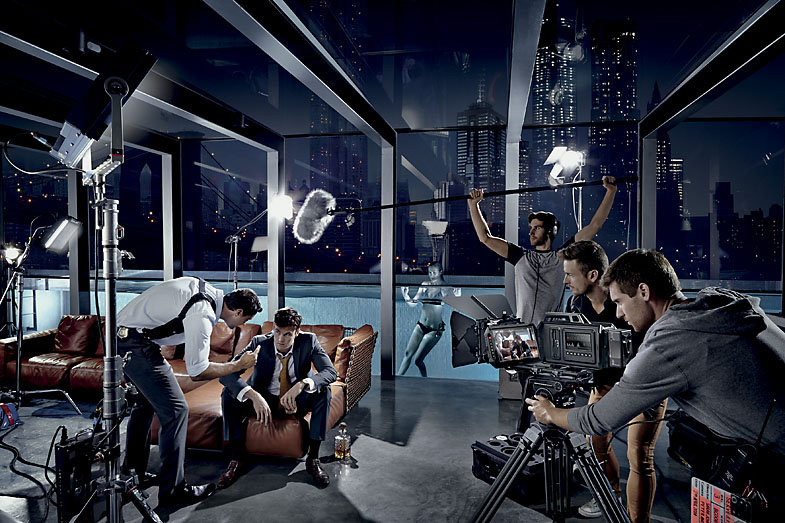
- Search
-
Login
-
0
ComparisonAdd products to compare, then they will appear here and you can compare parameters.
-
0
0 €Nothing in the basket.
Blackmagic Camera v1.9.9 with 80 fps in 4K!
Blackmagic Design has released a Camera v1.9.9 update. This release contains new features for Blackmagic URSA camera, including:
New RAW 3:1
The first feature is a new compressed RAW format called RAW 3:1. The format will enable to record up to twice as much RAW footage using RAW 3:1 with great quality. This format will also be needed to record high frame rates on URSA. For example, you can record about 7 minutes of RAW on a 128 GB CFast card but 14 minutes if you use RAW 3:1. The great thing is that it is still 12-bit RAW.
URSA's frame rate is now 80 fps in 4K!
Blackmagic Design has also increased URSA's maximum frame rate to 80 fps in 4K and all existing URSAs will have this enabled when the software is updated. To shoot up to 80 fps, users will need to use ProRes or the new RAW 3:1 codec. Even at 80 fps using RAW 3:1, users can still record to single CFast card!
Variable frame rate settings
URSA now features two new settings: a Project Frame Rate and a Sensor Frame Rate. The Project Frame Rate is the native playback frame rate of the recorded footage and in the standard video frame rates like 23.98, 24, 25, 29.97 and so on. The Sensor Frame Rate sets up how fast the URSA sensor is running and can be selected from 5 to 80 fps in 1 frame increments. This makes it really easy to shoot off-speed in camera now. If you set the Sensor Frame Rate to 48 fps and the Project Frame Rate to 24 fps, you’ll end up with a 2x slow motion clip. The great thing about this is that the clip is tagged as a 24 fps clip so you can immediately play the clip back and view the off-speed effect in camera! It also plays back in the desired speed when you import the clip into Resolve without having to manually change any clip properties.
New Frame Guides and Dashboard
Blackmagic Design has also added the following frame guides that can be enabled on the 10” display as well: 2.40:1, 2.39:1, 2.35:1, 1.85:1, HDTV, 4:3, and Thirds. There is also a new URSA Dashboard view that can be toggled by the DISP button. This will allow you to display options for formatting the CFast card, turning zebras on/off and also the front SDI output overlays on and off. There are also added scrollable menus in URSA. For example, in the Display settings, you can individually adjust the brightness of each display or turn on or off the overlays on each screen or SDI outputs.
In-camera formatting
URSA now supports in-camera media formatting. This allows the user to format the CFast 2.0 cards in URSA. We recommend you to format your media in the cameras as they optimize file system for the best performance.


